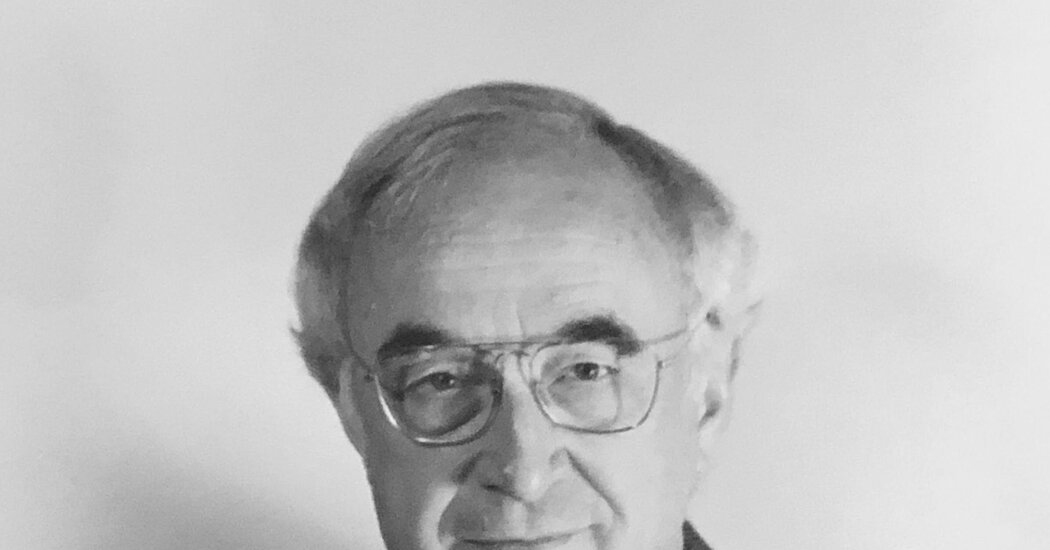The Media, Democracy and the 2024 Election: What’s at Stake
This article is part of our special section on the DealBook Summit that included business and policy leaders from around the world.
Takeaways
-
Deliver the news through a trusted person.
-
Cover the issues that really affect people’s lives.
-
Provide audiences with highly credible sources — and trust audiences to come to their own conclusions.
What do a TikTok influencer and Lesley Stahl, a longtime correspondent for “60 Minutes,” have in common?
The answer may help the media improve its connection with the American public, just when it is needed most: The United States faces another heated presidential election, and a recent poll has found that four in five voters are worried about the state of democracy in the country. For the media, the stakes are high for improving trust with the public. A recent Gallup poll showed that 32 percent of Americans trust the media — an all-time low.
In a discussion led by Marc Lacey, a managing editor of The New York Times, a group of journalists gathered last week at the DealBook Summit in New York to consider strategies for covering the 2024 election.
The wide-ranging, sometimes contentious debate revealed disagreements about the media and its core purpose, as well as differences over the degree to which the media influences elections. And yet, surprising parallels emerged between old and new ways of connecting with audiences.
The crux of the challenge, all agreed, was winning trust.
“So I would argue that trust in the media isn’t as low as you actually think. I think the distrust is coming from the way it gets delivered,” said V Spehar, a TikTok influencer who reports the news to three million followers.
“They look at the newspaper and go, that’s a big institution, I don’t believe anything,” said Mx. Spehar, who uses gender-neutral pronouns. “But then I get on TikTok and I’m telling them there’s a story in The New York Times, and they very much believe it and they very much have respect for it.” Mx. Spehar noted the parallels between their personal delivery on TikTok and television broadcasts like “60 Minutes” in which a journalist on camera is speaking directly to the viewers.
Ben Smith, a founder of the news organization Semafor and a former media columnist at The Times, concurred. There has been a decades-long shift across various fields from media to politics and sports, he said, from people trusting institutions to trusting individuals.
For Ms. Stahl, who began reporting for “60 Minutes” on CBS more than 30 years ago, maintaining trust and a loyal audience all comes down to consistency. Though she said her show’s audience has been gravitating online, viewers continue to watch and trust the program because its formula remains the same: “We do it the old, old, old way.”
Mr. Lacey noted that although The Times had always written in an institutional voice, the paper had made some updates. He recounted a “classic example” of a Southeast Asia correspondent who, while interviewing a Thai general in the jungle in 2010, narrowly survived a sniper’s bullet as it flew by him and killed his interview subject. The top of the article was written as though the journalist had merely heard about the episode, not experienced it.
“Nowadays, we would make certain that you knew that the journalist was there,” Mr. Lacey explained. “Something about the distance turns people off.”
There was agreement on how best to deliver the news, but not on precisely what the media is.
“If someone asked me do I trust the media, I would hesitate,” remarked Bill Kristol, editor at large of The Bulwark and director of the advocacy organization Defending Democracy Together. It also could include Elon Musk and Rupert Murdoch, neither of whom he trusts, he said.
“The media is a bigger entity than the people in this room,” Mr. Kristol argued.
Dana Canedy, managing editor of The Guardian US, replied that Elon Musk was not the media. But Ms. Stahl disagreed: “He is — that’s the problem. He is the media. …We’re in the salad bowl, you know.”
“There’s a blurring,” Mr. Lacey said.
At this, Bob Woodward, the Washington Post reporter best known for his role in exposing the Watergate scandal, provided a moment of levity. He and Mr. Kristol are often mistaken for each other, he explained. That very day, someone had asked him if he was Mr. Kristol because he had “some really ridiculous opinions.” He replied that no, he was Bob Woodward, to which she responded, “That’s worse.” A round of laughter ensued.
Mr. Woodward went on to argue for more openness on the part of the media as a way to help win the public’s trust. He explained that although The Post’s reporting is guided internally by four pillars for sourcing — witnesses, participants, contemporaneous notes and documents — it did not make these standards public.
The paper should publish them, Mr. Woodward said: “By telling people, I think it has the potential to enhance the credibility and address what I think is your most potent question: trust.”
Credible sources are also the key to winning the public’s trust for the Mississippi Today reporter Anna Wolfe, who recently won a Pulitzer Prize for uncovering how a former Mississippi governor misused millions of state welfare dollars. “The medium doesn’t matter as much as the information,” Ms. Wolfe said.
In her reporting for the story, she relied on text messages sent by officials, including the former governor himself. “There was nothing to disbelieve,” she said.
On this point, Ms. Canedy emphasized that local and regional news organizations like Ms. Wolfe’s were crucial for obtaining credible sourcing. “We have to find ways to fortify local and regional news because that’s where trust lies in communities,” she argued.
Pivoting to election coverage, the group discussed whether it was a fair critique that the media focuses too much on “the horse race” versus the issues.
People “read the hell out of horse-race stories” while they do not read stories about candidates’ policies, Mr. Smith said. And yet, he argued, border policy proposed by Donald J. Trump is an example of an important story that does get a lot of attention — and ought to.
One question elicited an array of responses: By providing Mr. Trump an “undue” amount of attention in 2016, did the media help elect him president?
Yes, said Ms. Stahl, because covering Mr. Trump bolstered the ratings on cable television. “They put him on, they would run his entire speech, the rally from even before he got to the end,” she said. “Every joke, every little movement of his body. He has so much energy, it really is captivating. And television made it even more exciting. If you go back and look at how much time he got, it’s shocking. And so we did elect him. We the television.”
The media isn’t as influential as it may want to believe, countered Mr. Kristol: “Trump has spent 10 hours a day thinking about, and has for 50 years, how to manipulate the media, how to be an effective demagogue.”
Mr. Smith said that it was “very flattering” for the media to believe that it had helped elect Mr. Trump. But he has concluded that it is not supported by the data.
When it comes to the 2024 election, said Mx. Sephar, the media should focus more on state-level politics like the U.S. Senate race in Tennessee between Marsha Blackburn, an incumbent Republican senator, and Gloria Johnson, a Democratic state representative.
“When I do anything about Trump, people are like, boo, I don’t care,” Mx. Spehar said. “Let’s move on.”
Ms. Wolfe, who covers the recently created poverty beat for Mississippi Today, wholeheartedly agreed that the media should focus more on local elections and issues.
“There is no president that can touch my life anywhere near the way a chancery judge can just completely upheave the life of a mom in a custody battle or facing scrutiny from C.P.S. [Child Protection Services],” Ms. Wolfe said.
The discussion concluded in a bid to define the reaches of journalism and its core mission in election coverage.
When asked about The Post’s mission in covering the presidential race and the nature of its target audience, Mr. Woodward explained: “It’s got to be reader-centric, as broad as it possibly can be.”
But, he added: “This is something that gets debated because every time there’s a news event or somebody does something or Trump does this, or Biden does that, there’s a debate, not just about the coverage, but how do we play it? Where do we put it?
“I mean, you go through this agony every day.”
Moderator: Marc Lacey, managing editor, The New York Times
Participants: Ben Smith, co-founder, Semafor; Lesley Stahl, “60 Minutes” correspondent, CBS; Bob Woodward, writer and associate editor, The Washington Post; Dana Canedy, managing editor, The Guardian US; Anna Wolfe, reporter, Mississippi Today; V Spehar, founder, Under the Desk News; Bill Kristol, editor at large, The Bulwark, and director, Defending Democracy Together


